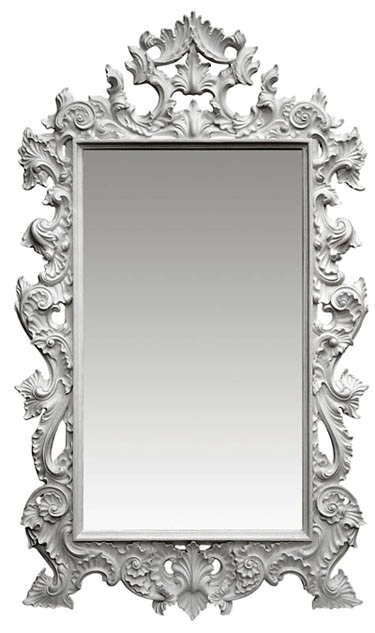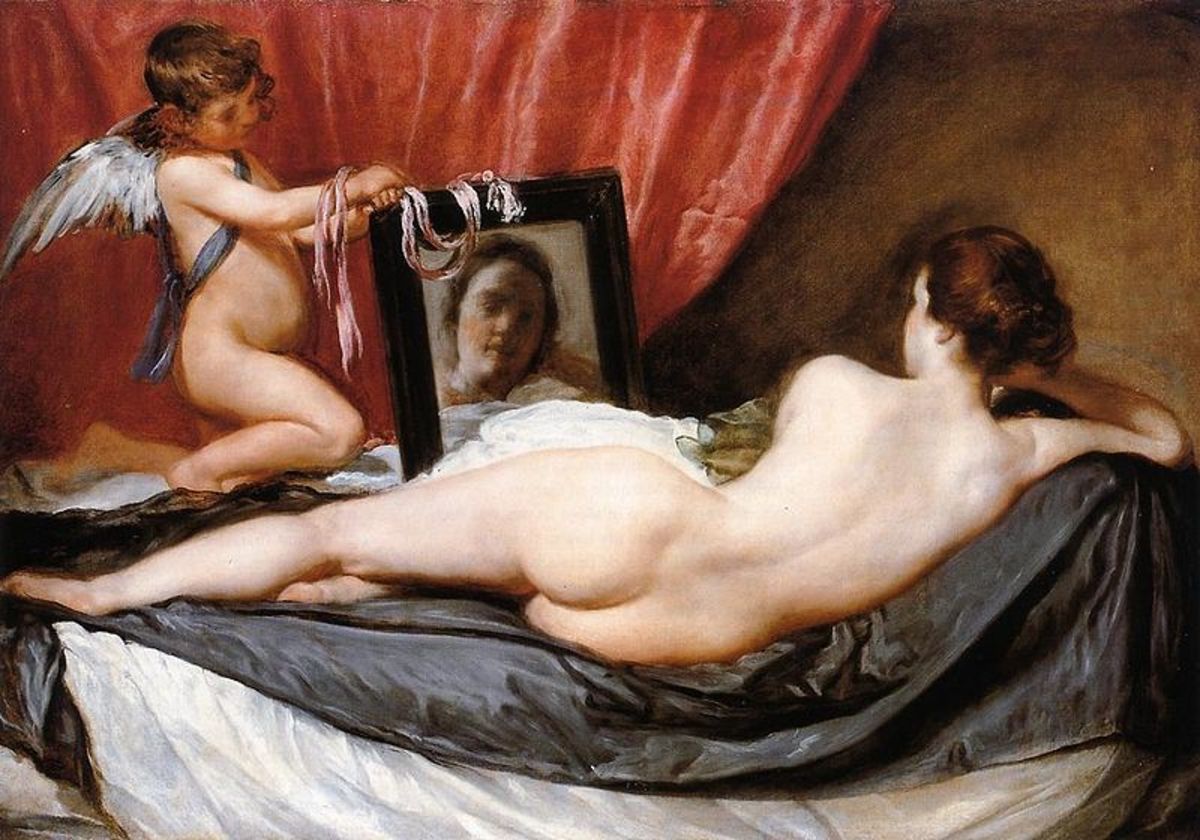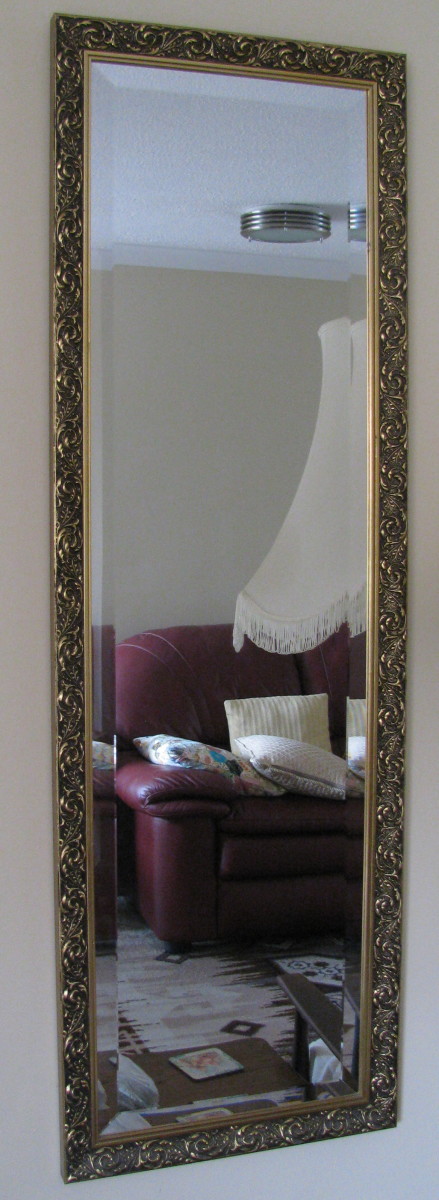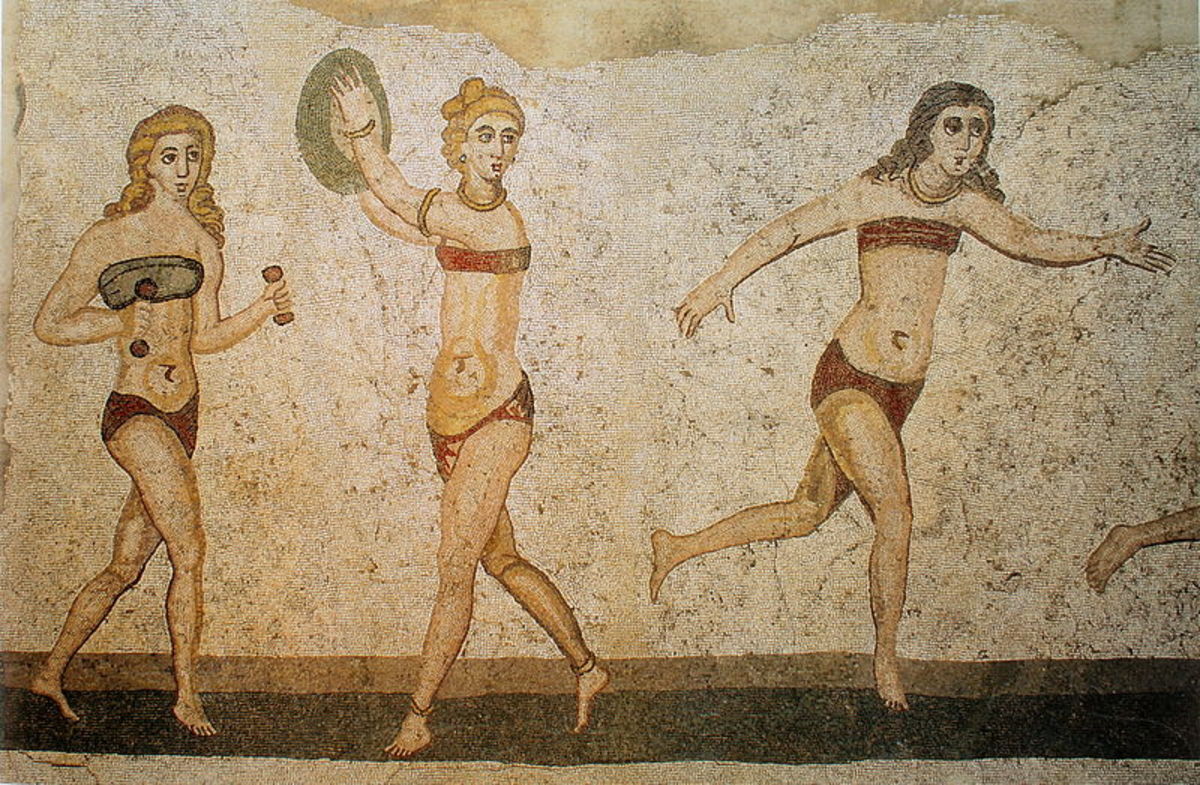Reflecting on Mirror History



People didn’t always have the convenience of the commonplace modern mirror, which today is more or less taken for granted. But, stop for a moment and consider the important part they play in our everyday routine and even technology. Ladies apply their cosmetics with them while gentlemen shave their faces and trim mustaches. They are mounted on automobiles and are incorporated into the inner workings of some cameras, telescopes and other optical instruments. Of course, the scientific applications are countless.
Today’s typical mirror is a sheet of glass with aluminum or silver backing that produces images by reflection. For a surface to act as a mirror, as much light rays as possible must be reflected without them being scattered or diffused. However, in superstitious ancient times societies didn’t have this simple device. The first mirrors were most likely pools of water in which mankind saw his reflection and believed it was some kind of mystical magic.
The actual history of mirrors is believed to have begun in the 3rd Century B.C. Most were small, round shaped, highly polished sheets of metal made of bronze or silver. The first glass mirrors were invented in the 1st century by Romans. Mirrors made by coating the back side of glass with silver or gold foil, is also attributed to the Romans.
During medieval times the making of glass mirrors seems to have suddenly ceased. Researchers attribute this to superstitions, such as Satan was watching them from the opposite side. They didn’t reappear until around the 13th century. These hand held mirrors were in many instances beautifully adorned on the backside. This time they were curved slightly outward. The technique of attaching tin to the back hadn’t been invented yet.


Venetian masters later came up with another method which made the device even more popular. They found that by creating a mixture of gold and bronze to be coated on one side of the glass, reflections were enhanced and appeared more attractive. However, the cost of one exceeded that of a large naval vessel. Mirrors large enough for one to view their entire body didn’t until the 1st century AD.
The first known mirror manufacturing plant was opened in 1373 in Nuremberg, Germany. Handheld mirrors became a necessity for sophisticated ladies of the day. Most wouldn’t leave home without one. They were usually worn on a chain around their neck or waist and extravagantly adorned with gold. It was common to find them encased in exotic materials such as ivory or turtle shell.
The Venetian Island of Murano became the glass making capital of the world in the 15th century and was known as the "Isle of Glass.” Mirrors produced in Venice were famous for their high quality and the Venetian’s zealously guarded their glass making secrets. Industrial espionage by Europeans became their undoing, as eventually a few glass makers were bribed to reveal their techniques. The French, building upon the Venetian knowledge, invented the casting system of pouring melted glass into cast molds. But, mirrors were still extremely costly, especially larger ones, so collecting them naturally became a popular pastime of royalty.
Mirrors also found their way into uses other than a cosmetic accessory. In the 16th century they become a part of witchcraft rituals as well as becoming an integral part of warfare. The Spanish and French used them for coding and decoding secret messages, a use introduced by Leonardo da Vinci. Messages were coded in "mirror reflection" and decoded by reading them with a mirror. Mirrors also inspired the invention of the periscope which readily became part of military arsenals. During the Thirty Year War, numerous mirrors were used to blind the enemy.
Beginning in the late 17th century mirror frames became an important part of room decoration. Early frames were exquisitely designed works usually of ivory, silver, ebony, or tortoiseshell. The practice of placing a mirror over the mantelpiece, called “over mantels,” became common. These frames became progressively more elaborate. In the late 18th century, painted decorations began replacing carving on mirrors.
Eventually, with newer technology in the 19th century, the price of mirrors became more and more affordable by the general public. In today’s world there are a variety of types available. Here are a few examples:
· Plane mirrors which are flat and what you see is what you get.
· Convex mirrors where objects look bigger in the center.
· Concave parabolic mirrors are bowl shaped and objects appear smaller in the center.
Two-way Mirrors, originally called "transparent mirrors,” were patented in 1903 by Emil Bloch, a Russian residing in Cincinnati, Ohio. Unlike a regular mirror, a two-way mirror is transparent when light is flashed in the rear.
Today, one would be hard pressed to find a home or business without a mirror. They have become part of our everyday lives.








